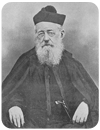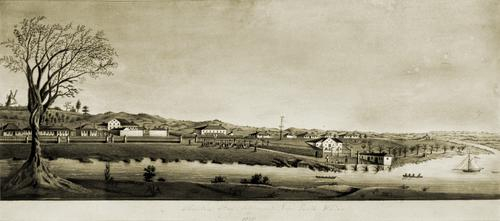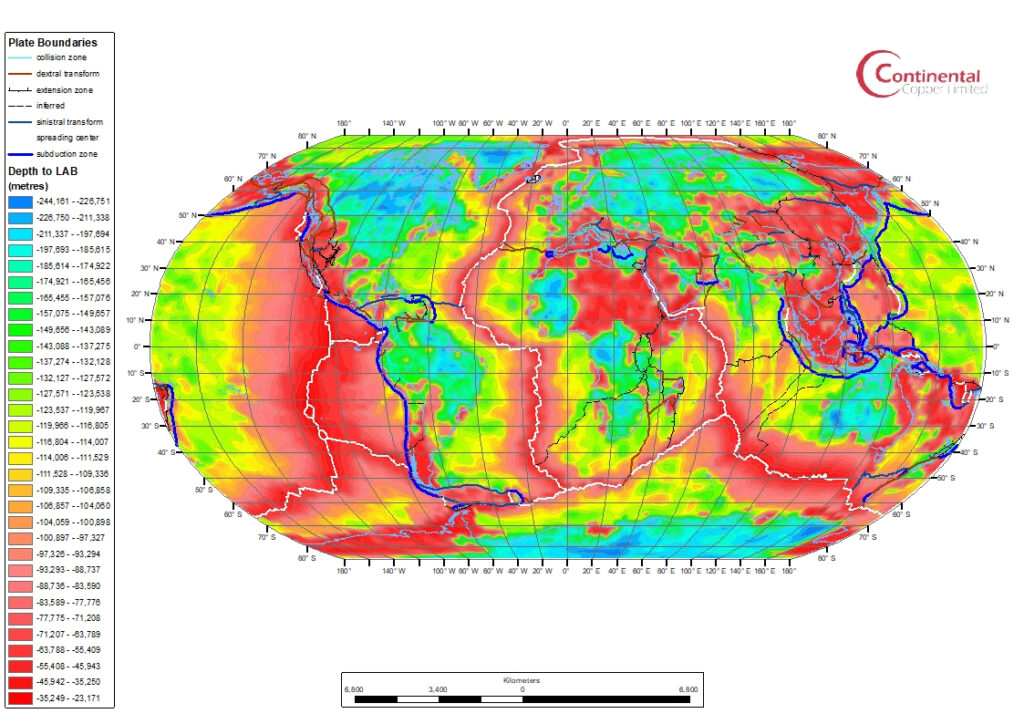Moreira, H., Storey, C., Bruand, E. et al. Sub-arc mantle fugacity shifted by sediment recycling across the Great Oxidation Event. Nat. Geosci. 16, 922–927 (2023). https://doi.org/10.1038/s41561-023-01258-4
Substantial accumulation of free oxygen in the atmosphere occurred between ~2.45 and 2.20 billion years ago , with permanent atmospheric oxygenation commencing between 2.3 and 2.2 Ga. This period is known as the Great Oxidation Event (GOE) and marks the most dramatic change in Earth’s surface chemistry and habitability. However, it remains unclear if these major atmospheric changes affected the amount of free or chemically available oxygen in the mantle and, consequently, the redox state of mantle-derived magmas. In the modern Earth, considerable amounts of surface-oxidized components infiltrate the mantle via slab fluids and subducted sediments, ultimately influencing the oxidation state of the mantle wedge and arc magmas.

a, Zircon U–Pb ages versus 176Hf/177Hf(t) ratios (expressed as ɛHf(t) values relative to chondrite at the time of crystallization t). Zircons from TTG magmas (n = 31) have significantly positive ɛHf(t), whereas zircons from the sanukitoid magmas (n = 33) are near the CHUR. A crustal evolution line links both suites of rocks to a DM melting event at ~2.5 Ga.
b, Zircon 18O/16O ratios (expressed as δ18O relative to Vienna Standard Mean Ocean Water) show that the basaltic crust was hydrothermally altered at high temperature (~4.5‰) before generating TTG magmas at 2.35 Ga and before remelting in the metasomatized mantle wedge at 2.13 Ga. The latter event generated sanukitoids that have zircons with heavier oxygen (~6.5‰). Individual error bars in a and b are shown at 2 standard errors.
c, Tectonic model for the generation of magmas in the Palaeoproterozic pre- and post-GOE peak. SCLM stands for subcontinental lithospheric mantle.
Mantle oxygen fugacity ( fO2) probably changed in the early Earth as a result of metallic Fe retention during core formation and further homogenization, but subsequent variations through time are debatable. The mantle fO2 is either described as largely unchanged or overall having a near-constant rate of increase through time.
Continue reading Tracing Mantle-Oxygen Fugacity Changes Through the Great Oxidation Event: Insights from Apatite Inclusions in Brazilian Igneous Zircons



